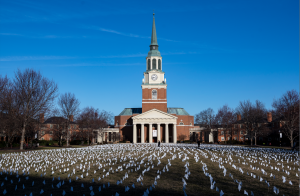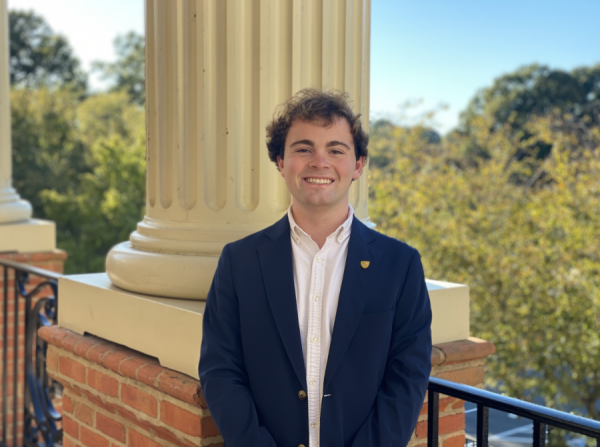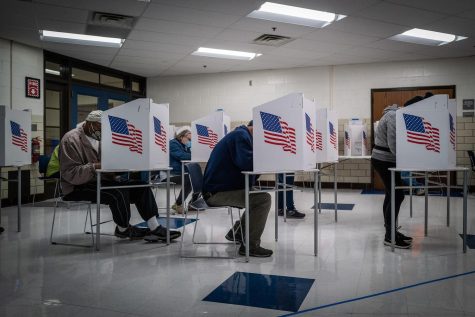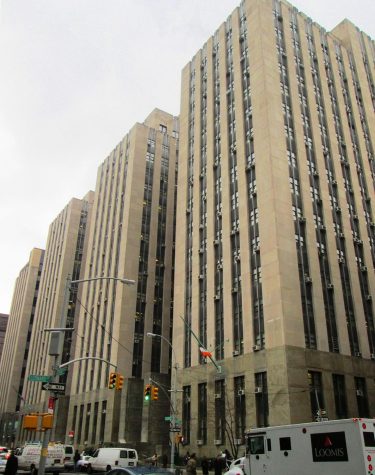Limited space drives risky socialization
Cold weather forces students to socialize in dangerous settings, increasing infection risks
November 5, 2020
I believe that the biggest mistake of the 2020 fall semester was keeping common spaces closed and enforcing dorm limits. While I am not entitled to be a critic of anyone who has worked hard to create a safe environment for Wake Forest students, I have experienced first hand the damage that room capacity limits and lack of common spaces can do to a population of socially anxious freshmen. With an increasing number of students, especially freshmen, sitting in hotel rooms unable to go outside or exercise, the flaw in the plan for this year grows increasingly evident.
The social interactions between freshmen during the first 10 days of being on campus felt like a social experiment. Hundreds of students walked around the quad, exchanged information and stayed far apart. For most people, friends came and went and groups started to form within the first month; the warm weather was a critical component in allowing this to happen. The first month was warm and held low coronavirus case numbers, largely due to outdoor interactions, allowing for fluid yet safe socializing.
The trouble, I believe, arose as the weather got colder. With one Saturday night in September registering temperatures in the low 40s, I remember being nervous about how meeting people and making friends would change as the temperature dropped. Now, being well into the cooler seasons, I see that I was correct to be nervous. The cooler weather, on the weekends especially, made it very uncomfortable to make friends outside. While this does present a troubling social issue for freshmen, it also creates a dangerous coronavirus situation.
The social interactions between, freshmen during the first 10 days of being on campus felt like a social experiment.”
For freshmen in a modified single, the rules only allow for one additional person to be in a dorm room. For freshmen with roommates, they can have two additional people in a dorm room. Outside of dorm rooms, most common spaces are closed. Logically, it makes sense to want to limit the number of students per dorm; having many students unmasked in a small space doesn’t sound like a recipe for healthy students. This approach to the problem evidently becomes counterintuitive when students cannot be outside because it is too cold and cannot be inside because there is nowhere to go unless you have a “group” of two people.
So, what do students do when they feel there is no comfortable place to interact? They go to restaurants and bars where they can be indoors and still socialize with their friends, as well as meet new people. While this fixes the social issue by allowing students to congregate in larger groups, albiet off campus, it has brought an increase in coronavirus cases. Now in Orange, Wake Forest has seen a high number of positive cases in a very short amount of time. Having interviewed a few students, it is evident that most underclassmen understand that their actions by leaving campus may risk social irresponsibility. Though most have this understanding, one student argued that “anyone leaving campus knows they are putting themselves at risk. We all know what we’re getting ourselves into and don’t feel bad because we’re all doing it. We just have this unspoken agreement that the risk is better than sitting inside alone or having to meet with the dean for having three people in a room.” Whether or not this justifies leaving campus is in the eye of the beholder. Regardless, the point is that many students living on campus feel socially uncomfortable being here.
While I do not believe it is fair to blame the administration for the risks taken by the students, I do believe that this semester can act as a learning experience for next semester. There is a high chance that if students were not afraid of having 2-5 people in one room or if there were more common spaces open to spend time in when it’s cold out, coronavirus cases would have remained lower and socialization would have continued on campus. The reality is, most underclassmen only see the same 2-5 people and have formed some sort of unit. Based on my discussions with other students, it appears that most students would have stayed on campus if they felt they had a place to interact indoors without risking the coronavirus or getting in trouble. The lengths Wake Forest went to keep students safe were exceptional and in no way insufficient. Simply put, the lack of space was a mistake I think we will be able to learn and grow from in order to have a safer second semester.





















